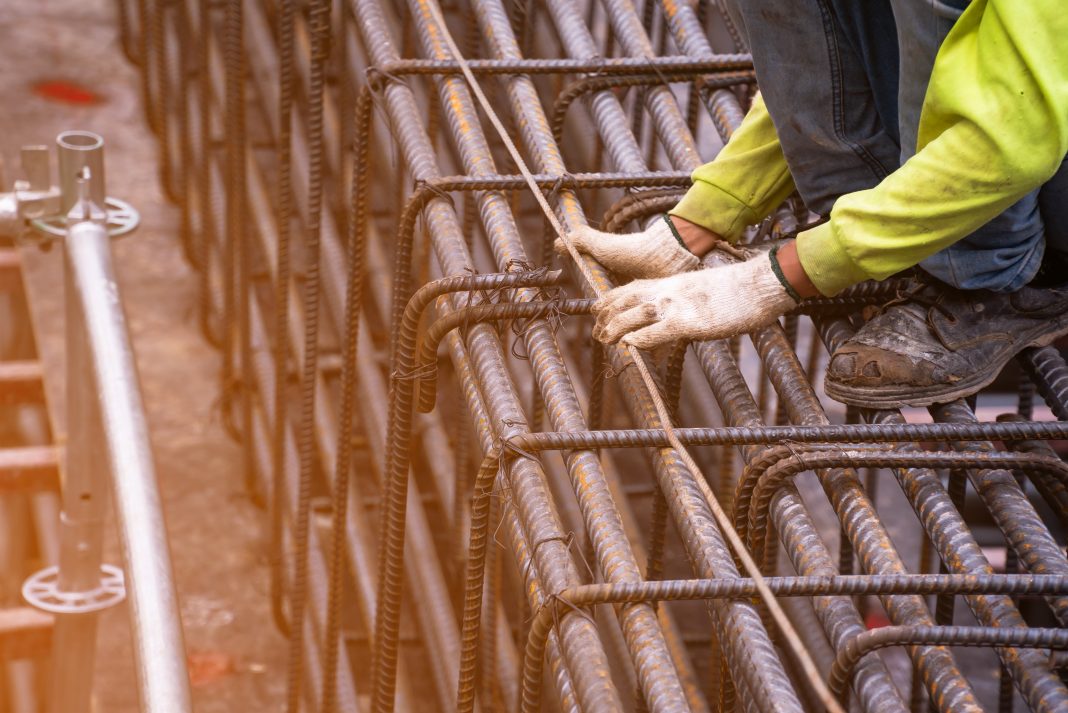Gary Neal, Skanska UK, delivered a clear set of guidelines to those working in construction to ensure that building projects achieve the necessary requirements of the Building Safety Act in his JCT Povey Lecture
In his presentation, ‘Building Safety Act: practical steps to compliance in construction’, Gary explained the four main areas of focus of the Act, namely, the changes to general building safety rules, the introduction of a new regime for higher risk buildings, changes to the fire safety regime, and the extension of limitation periods.
He also described the key role of the Building Safety Regulator and its important function across three key gateways concerned with the planning, design and construction, and occupancy phases.
Ensuring competency at all levels of the building process
Throughout the lecture, Gary highlighted the importance of competency at all levels; in making sure competent people with relevant experience are employed, that design is carried out correctly, that the correct and compliant products are selected and installed by competent teams, and that inspections are carried out based on data competently compiled and stored from the project’s inception.
He also stressed that compliance with the building regulations was not only compulsory but should be seen as a minimum requirement and that cutting corners on compliance risks a building’s safety and increases costs due to having to rectify poorly designed or installed works.
Cultural and behavioural change is at the centre of achieving long-term benefits
Above all, Gary reinforced the point that culture and behavioural change was at the centre of achieving long-term benefits: “What this really comes down to is culture; fire safety and delivering excellence is the heart of […] everything we do.
“For those of us with this in mind, it is likely that we will never feel the breath of the Building Safety Act upon us, leaving those in our wake to suffer the long-term implications.”
Following his presentation, Gary joined a panel discussion and audience Q&A hosted by JCT chair, Karen Kirkham, and featuring Amanda Long, chief executive of Building a Safer Future.
Amanda reiterated Gary’s point about culture to stress that leadership and reinforcing building safety as a ‘business as usual’ culture through behavioural change, was something that the industry needed to embrace, as it is lagging behind other industries such as rail, oil and gas, and nuclear, in terms of managing its role as a ‘major hazard’ industry.



![[VIDEO] Making DorTrak reports easy to read with Fireco Inspecting fire doors at Fireco, firedoor technology, 2023](https://www.pbctoday.co.uk/news/wp-content/uploads/2024/04/JPZ_2364-web-218x150.jpg)
![[VIDEO] Re-flow Field Management review by Traffic Management Installations When TMI began subcontracting for councils and government bodies, they wanted to present their site reporting in a more professional manner](https://www.pbctoday.co.uk/news/wp-content/uploads/2025/03/TMI-Media-1-218x150.png)









